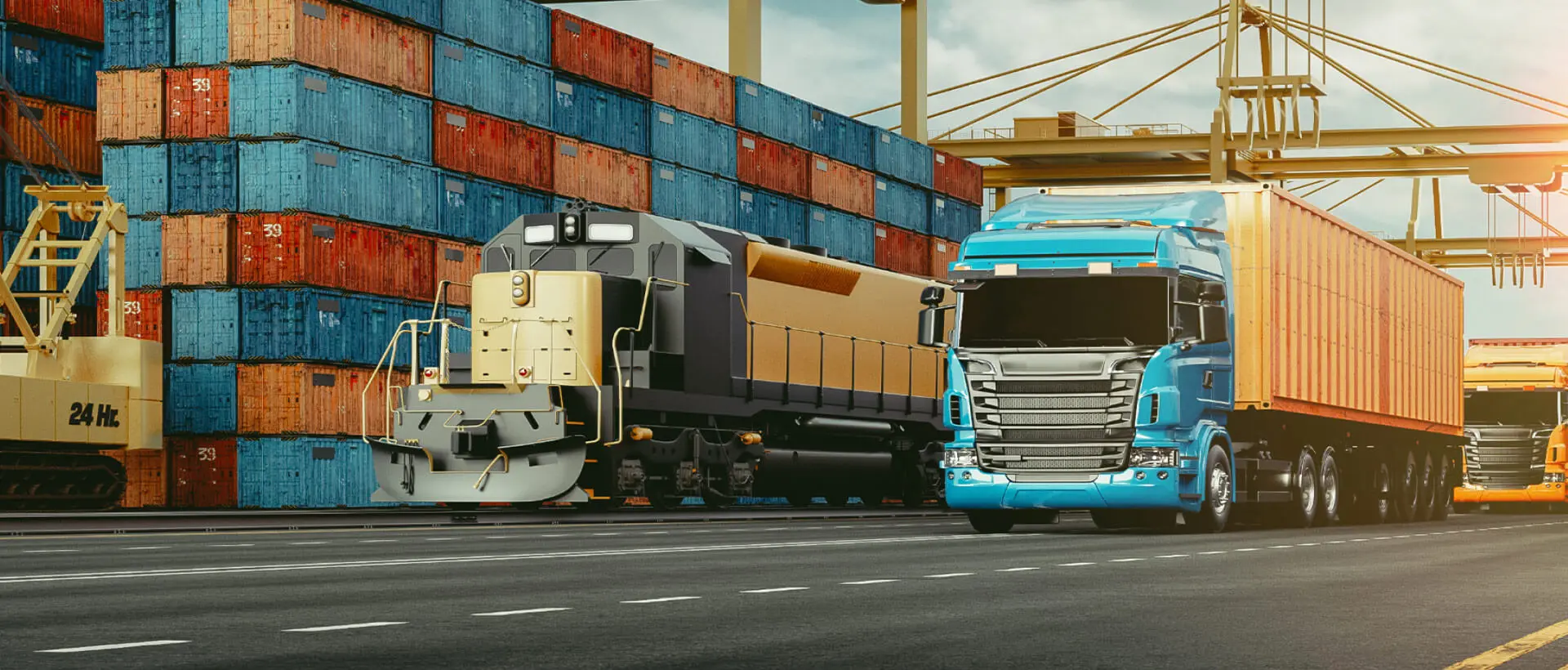Seller delivers the goods unloaded at the named place at destination

What is DPU?
DPU (Delivered At Place Unloaded) means the seller delivers the goods unloaded at the named place at destination. The buyer then takes responsibility for import clearance, duties and taxes, and any onward movement. DPU replaced the old DAT Incoterm.
Risk and responsibility
| Task | Party | Notes |
|---|---|---|
| Export packing and documentation | Seller | Commercial Invoice and Packing List |
| Export clearance | Seller | Seller files export declaration |
| Main carriage to named place | Seller | Any mode; specify address or terminal precisely |
| Delivery unloaded (risk point) | Seller → Buyer (risk) | Risk transfers after unloading at named place |
| Import clearance, duties and taxes | Buyer | Use DDP if seller must handle these |
When to use DPU
- Terminal or site deliveries where the seller can arrange safe unloading.
- Projects needing crane or special unloading at destination managed by the seller.
Notes and alternatives
- If the seller should deliver ready for unloading but not unload, use DAP.
- If the seller should handle import clearance and pay duties and taxes, use DDP.
- For international road paperwork, see CMR.
- Ensure commodity codes and EORI are prepared to avoid delays at import.
How Clintopia helps
We plan DPU deliveries with site checks, unloading equipment and timed slots. For customs entries and tariff codes, see Customs Clearance. For port or terminal to site legs in the UK, see Container Haulage. For ocean legs and consolidation, see Sea Freight. For full coordination across modes, see Freight Forwarding.
Related terms
Need to talk to a logistics expert?
Call usDPU — FAQs
Can't find the answer to your question? You can always request a callback from our team of experts!